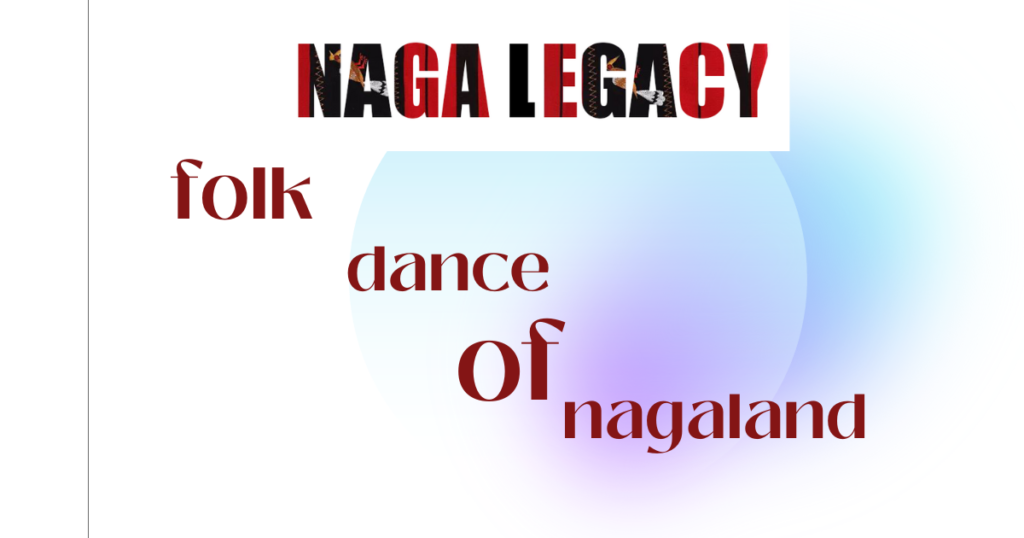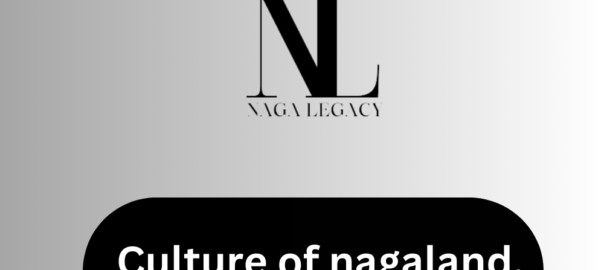
Nagaland, nestled in the northeastern part of India, is not only renowned for its stunning landscapes but also for its rich and diverse cultural heritage. The state is home to a myriad of indigenous Naga tribes, each with its unique customs, traditions, and, of course, folk dances of Nagaland. In this blog, we will embark on a captivating journey through the rhythmic and enchanting world of Nagaland’s folk dances.
The Cultural Significance of Nagaland’s Folk Dances
Folk dances in Nagaland are more than just performances; they are an integral part of the Naga way of life. These dances are deeply rooted in the cultural of Nagaland and are performed during various occasions, from celebrations and festivals to rituals and storytelling. Nagaland’s folk dances are a reflection of the people’s close connection with their natural surroundings, their social bonds, and their spiritual beliefs.
A Glimpse into Nagaland’s Folk Dances
- War Dance (Warrior Shawl Dance): This dynamic dance is a testament to the Naga people’s warrior spirit. Dancers, often adorned in traditional attire, mimic the movements of warriors in battle, showcasing their agility, strength, and courage. The War Dance is not just a display of physical prowess but also a reminder of the Naga’s historical resistance against colonial rule.
- Bamboo Dance (Rhythmic Bamboo Dance): The Bamboo Dance is a visually captivating and rhythmically intricate performance. Dancers move skillfully between bamboo poles being struck together, creating a rhythmic pattern. The dance not only demonstrates the agility and coordination of the performers but also celebrates the significance of bamboo in Naga culture.
- Hornbill Dance (Traditional Bird Dance): The Hornbill Dance is a graceful and symbolic performance that pays homage to the great hornbill, a revered bird in Nagaland. Dancers mimic the bird’s movements and display intricate footwork while wearing costumes adorned with hornbill feathers.
- Shawl Dance: Shawls are an essential part of Naga attire, and the Shawl Dance celebrates this cultural emblem. Dancers elegantly showcase different shawl patterns and styles, often using them to tell stories or depict everyday activities.
- Sekrenyi Dance: The Sekrenyi Festival, celebrated by the Angami Naga tribe, features unique dances that are part of the festival’s rituals. These dances are accompanied by traditional songs and prayers, creating a spiritual and communal atmosphere.
- Harvest Dance: Agriculture is the backbone of Nagaland’s economy, and the Harvest Dance is a joyful celebration of the agricultural cycle. Dancers move to the rhythms of drums and gongs, reflecting the community’s gratitude for a bountiful harvest.
Preservation and Evolution
While Nagaland’s folk dances are deeply rooted in tradition, they are not static. The younger generation of Naga performers is actively involved in preserving and innovating these dances. Contemporary influences and modern choreography techniques are incorporated to keep the traditions relevant and vibrant.
Conclusion
Nagaland’s folk dances are a captivating embodiment of the state’s rich cultural heritage. They serve as a testament to the resilience, unity, and deep-rooted traditions of the Naga people. As these dances continue to evolve and adapt to the modern world, they remain a source of pride and identity, preserving the vibrant tapestry of Nagaland’s culture for generations to come. Through the rhythmic movements and mesmerizing performances, Nagaland’s folk dances invite us to appreciate the beauty and diversity of this unique corner of India.





